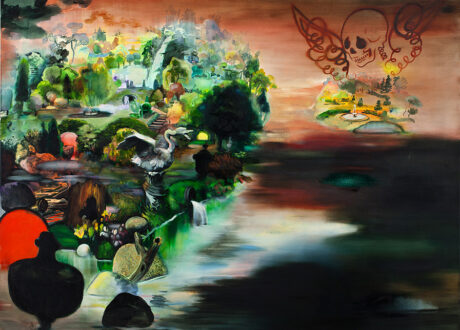

This year is the 250th anniversary of the Siege of Louisbourg. For almost forty years, Fortress Louisbourg loomed out of the mists and fog to defy British interests in North America. Briefly in English hands after a New England force mounted a successful assault in 1745, the fortress was restored to the French by the Treaty of Aix-la-Chapelle in 1748. Louisbourg once again became the focus for French resistance to the British presence in North America, but the strongest fortress in North America capitulated totally on 26 July 1758. When Wolfe led his men along the path to victory at the second siege of Louisbourg in 1758, the nation rejoiced. On his return to London, popular songs celebrated his military genius and courage, but the Hero of Louisbourg would be forgotten in little more than a year, lost in the greater glory that surrounded the dead hero on the Plains of Abraham.
The exhibition includes prints and maps describing the assaults on Louisbourg in 1745 and 1758, the mop-up operations during the summer of 1758, and the attack on Quebec in 1759. The death of Wolfe on the Plains of Abraham inspired several paintings and subsequent prints, but none enjoyed the success of Benjamin West’s Death of General Wolfe. His painting was, in fact, the least accurate, but he captured the poetic truth of Wolfe’s departure on the “paths of glory”, and it became the archetype for heroic battlefield deaths in the years that followed. It even served as the model for F-L-J Watteau’s Mort du Marquis de Montcalm. The victory at Louisbourg set Wolfe’s foot firmly on a path to glory, but as his favourite poet, Thomas Gray, had written seven years earlier: “The paths of glory lead but to the grave..”



